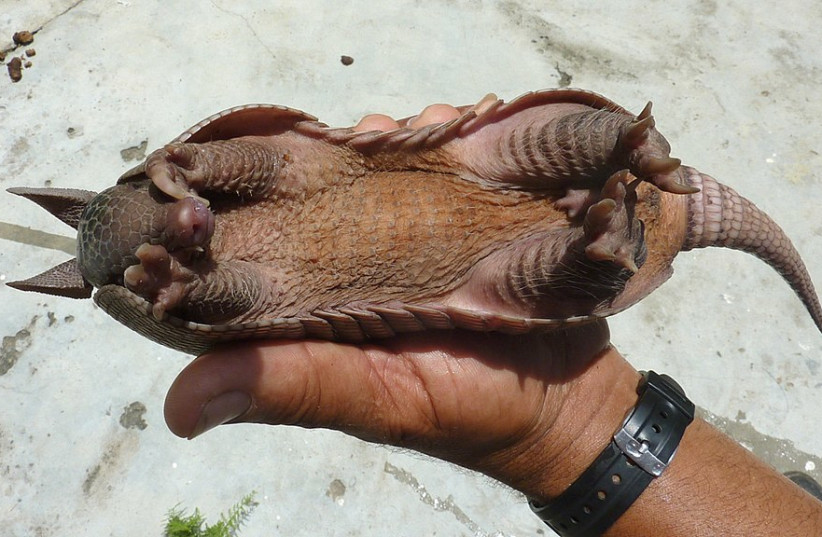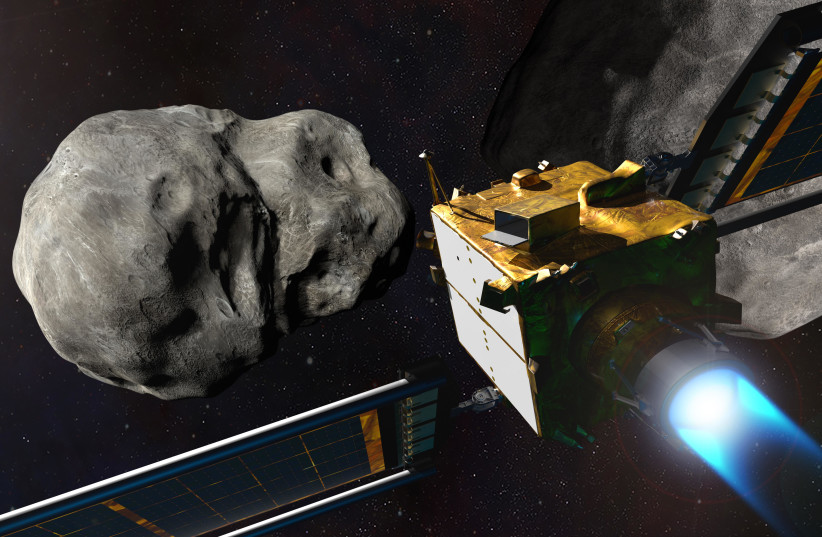An asteroid around the size of almost 33 armadillos is set to pass by Earth on Sunday, according to NASA's asteroid tracker.
The asteroid in question has been designated 2023 FL2 and was discovered just this year, according to the Center for Near-Earth Object Studies (CNEOS) at NASA's Jet Propulsion Laboratory (JPL).
For those wondering how this measurement is being calculated, the metric is the total length of the nine-banded armadillo species of armadillos, including the tail, and not while it is rolled up into a ball.
How big is the asteroid coming toward Earth in 2023?
Asteroid 2023 FL2 is approaching the smaller side, as far as most asteroids go, with NASA estimating its diameter to be as much as 35 meters.
Let's put that astronomical – literally, not figuratively – size in a more down-to-Earth perspective using an adorable armored mammal: The armadillo.

Of the 21 species of armadillo, the most common is the nine-banded armadillo, which can grow to as much as 107 centimeters in length provided it isn't rolled up into a ball.
In other words, asteroid 2023 FL2's diameter is just shy of 33 nine-banded armadillos lined up in a row, tail to snout.
In captivity, these armadillos have weighed as much as 80 kilograms, but undoubtedly a large asteroid is going to be much heavier.
Is an asteroid going to hit Earth in 2023?
Residents of the US South and Central America familiar with the local armadillos may have seen them jump surprisingly high, but these armored animals are in no danger of curling up in the air and then colliding down upon an unsuspecting human with the force of a meteor.
But can the same be said of asteroid 2023 FL2?
According to NASA, this asteroid has no risk of hitting the Earth.
To explain, NASA JPL calculated that this asteroid will pass Earth at a distance of over 4.6 million kilometers. To put this into perspective, the Moon only orbits the Earth at an average of 384,000 kilometers.
So no, it won't hit us, and at its size, it would probably be too severe if it hit the Earth.
For example, some of the previous recent asteroid impacts, such as the Corgi-sized meteor that weighed as much as four baby elephants that crashed in Texas, didn't result in any damage.
This was also true of asteroid 2023 CX1, twice the size of a super bowl trophy, which impacted near Normandy, France.
In fact, armadillos might actually be more dangerous – they are one of the few mammals that are vectors of leprosy.

Do we have any way to stop an asteroid from hitting the Earth?
Thankfully we do.
The field of planetary defense is filled with scientists from all over the world working on efforts to stop asteroid impacts, which are arguably the single most dangerous possible natural disaster.
So far, this field has seen some promising work, the most notable of which being NASA's Double Asteroid Redirection Test (DART) Mission, which was launched to crash into the faraway asteroid Dimorphous in the Didymous system in order to see if its trajectory would be altered.
To put it simply, they punched an asteroid with a spacecraft to make it move, changing its orbital trajectory. And it worked.
Later, another study confirmed its success and scientists are now certain that humanity is capable of preventing a dangerous asteroid from impacting Earth, provided we have enough time in advance to get this done.
Now, all we need to do is keep planetary defense research rolling – like a curled-up armadillo.
